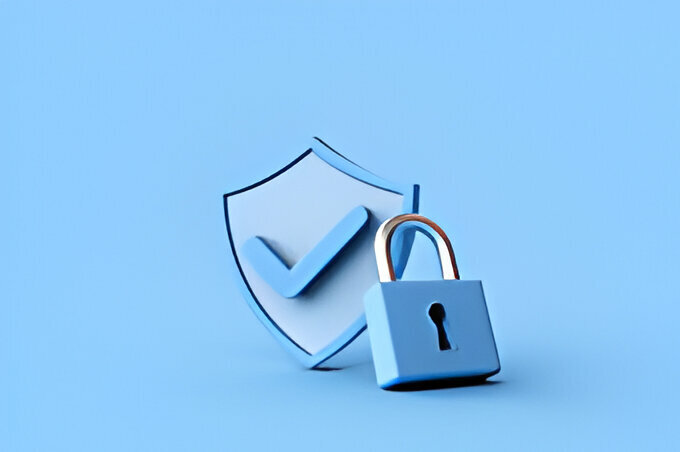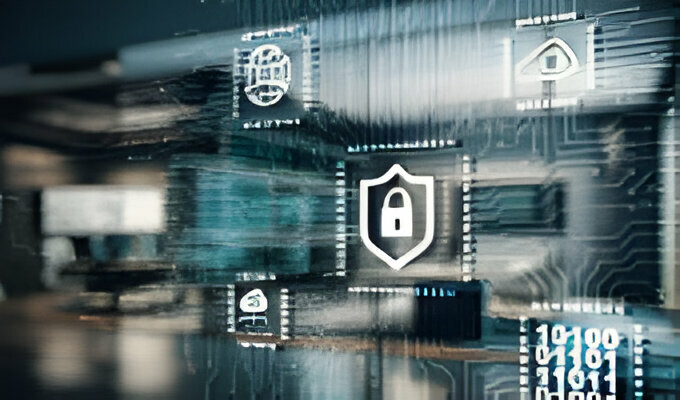It is really important for IT systems to keep sensitive data safe and stop unwanted access. Without strong cybersecurity, companies can be attacked online. Hackers can steal data, lose money, and hurt their reputations. Great cybersecurity ensures that important information stays safe, private, and available when needed.
It’s like having many layers of protection, including things like firewalls and antivirus software. Investing in good cybersecurity is crucial today because online threats are always changing. By putting cybersecurity first, businesses can lower the chances of problems and keep their systems strong against cyberattacks. Take a look at the best cybersecurity solutions for IT infrastructure.
Best Cybersecurity Solutions for IT Infrastructure

Next-Generation Firewalls (NGFWs)
Newer firewalls are even better at stopping online threats than the old ones. They use fancy technology to spot and block tricky cyber attacks. These firewalls look closely at data going through the network, finding any strange activity that could indicate danger.
They’re great at stopping viruses and ransomware before they cause harm. Plus, they let companies control network traffic in detail, setting up security rules that perfectly fit their needs. These firewalls are a big help in keeping networks safe from cyber threats.
Endpoint Detection and Response (EDR)
Endpoint detection and response (EDR) tools monitor devices like computers and phones, looking for any signs of trouble. They watch what devices are doing all the time and can quickly react if they spot something fishy. These tools come with cool features like using threat info, testing suspicious stuff in a safe area, and taking action automatically against new threats. Also, they help IT folks figure out what happened during a security problem, stop it from spreading, and fix affected devices quickly. Using EDR tools is a smart way to keep cyberattacks from causing too much trouble for a company.
Secure Access Service Edge (SASE)
Secure Access Service Edge (SASE) solutions are like all-in-one security systems for networks spread out in different places. They combine different security tools with wide-area networking features to keep everything safe. With secure web gates and firewalls, they ensure security rules are followed everywhere, even in the cloud.
This makes it easier to see what’s happening, manage everything, and keep security levels consistent across the whole network, like in branch offices or for people working remotely. Plus, they use strong encryption and identity checks to keep data safe as it moves around, making it hard for anyone to snoop on or misuse sensitive info.
Identity and Access Management (IAM)
Identity and access management (IAM) tools help companies handle who can access what in their systems. With IAM, they can ensure that users only get into the stuff they need for their job. These tools make it easy to set up users, check who they are, and decide what they can do, which makes managing users simpler and cuts the risk of sneaky access or inside jobs.
Plus, IAM can add extra security layers, such as using multiple ways to prove who you are, logging in once for many apps, and connecting with other systems smoothly. This keeps things safe while making life easier for users, helping them work better and faster.
Security Information and Event Management (SIEM)
Security Information and Event Management (SIEM) tools give a full view of a company’s IT security by gathering, connecting, and studying log data from different places. They bring together security alerts and make them useful so companies can find and deal with problems quickly.
These tools come with cool features like watching things in real-time, using threat info, and organizing how to handle incidents better. Also, they help with following rules and keeping records, making it easier to follow the law and keep data safe.
Conclusion
Investing in efficient cybersecurity solutions for IT infrastructure is crucial for reducing cyber risks and protecting critical assets. Things like next-gen firewalls, endpoint detection and response, secure access services, identity and access management, security info, and event management all work together to keep out new threats. These tools make systems safer and keep them running smoothly, even when bad things happen online.





